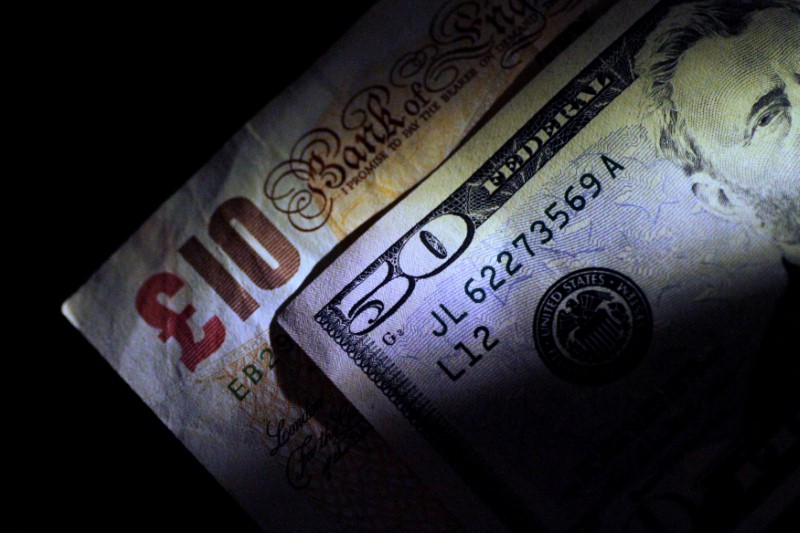
At 03:30 ET (08:30 GMT), the Dollar Index, which tracks the greenback against a basket of six other currencies, edged 0.1% higher to 105.250, in rangebound trading.
The dollar, like the foreign exchange market as a whole, has seen calm trading at the start of this week, as traders await the release of the latest U.S. inflation data, which will likely dictate near-term sentiment regarding potential rate cuts.
The April producer prices index is due later Tuesday, ahead of Wednesday’s crucial CPI report which is expected to show core CPI rose 0.3% month-on-month in April, less than 0.4% growth the prior month.
The Federal Reserve has made it clear any potential rate cuts are data dependent, and sticky inflation has resulted in the pricing in of just 42 basis points of easing this year, with a 60% chance of a cut in September, according to CME FedWatch tool.
A hotter-than-expected inflation reading would likely price out rate cuts for the rest of the year.
“Today’s PPI and tomorrow’s CPI figures will tell us whether the US has made further steps in the disinflation process, or if prices remain too sticky for the Federal Reserve to cut,” said analysts at ING, in a note.
“The latter seems more likely, and a consensus call too – which could leave FX markets without much sense of direction and volatility still depressed.”
In Europe, GBP/USD fell 0.3% to 1.2523, after the release of the latest U.K. jobs data showing that the country’s unemployment rate rose to its highest level in almost a year.
The UK unemployment rose to 4.3% in the three months to March – the highest since May to July last year and up from 4.2% in the previous three months.
This would strengthen the idea of rate cuts in the near future, but complicating the issue for the Bank of England was the news that wage growth in the country remained strong.
Average wage growth, excluding bonuses, remained at 6%, continuing to outstrip inflation. It had been expected to slow to 5.9% between January and March.
EUR/USD traded 0.1% lower to 1.0778, after the latest German consumer price index showed that inflation looks under control in the eurozone’s largest economy.
German CPI rose 2.2% on an annual basis in April, only marginally above the European Central Bank 2% medium-term target.
The ECB is widely expected to start cutting interest rates from a record high in June, and markets now see up to three rate cuts this year, or two beyond June, most likely in September and December.
In Asia, USD/JPY rose 0.2% to 156.44, with the pair having recouped a bulk of its losses made earlier in May, when the government was seen intervening in currency markets on two separate occasions.
While traders saw 160 as the new line in the sand for government intervention, USDJPY’s rapid ascent, despite the threat of intervention, has sparked fears that the government may intervene sooner.
USD/CNY rose 0.1% to 7.2377, with the yuan still weak as a prolonged slump in the property market has been a key point of pressure on the Chinese economy, despite repeated efforts from Beijing to support the sector.
To read the full article, Click Here

